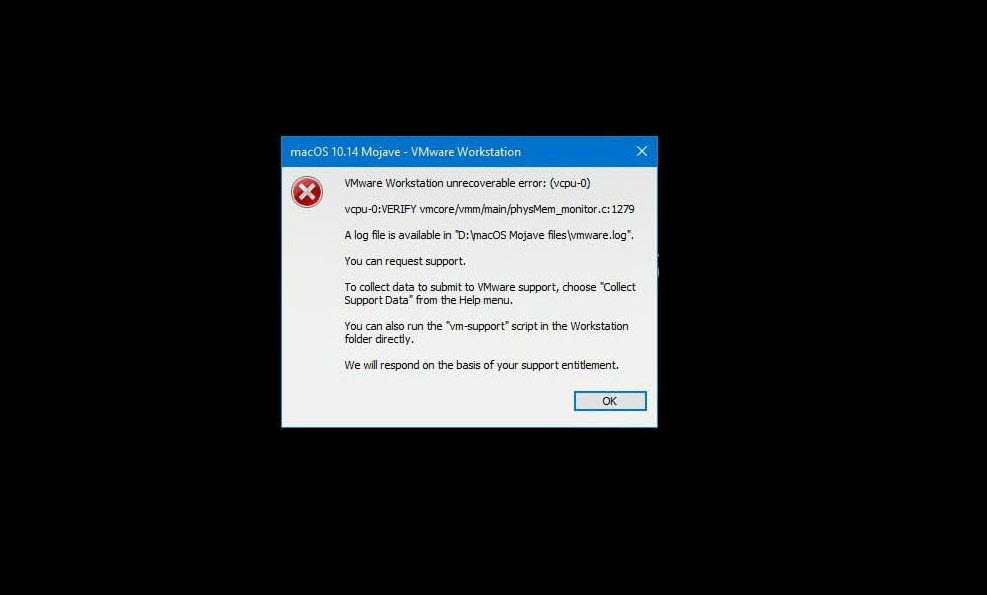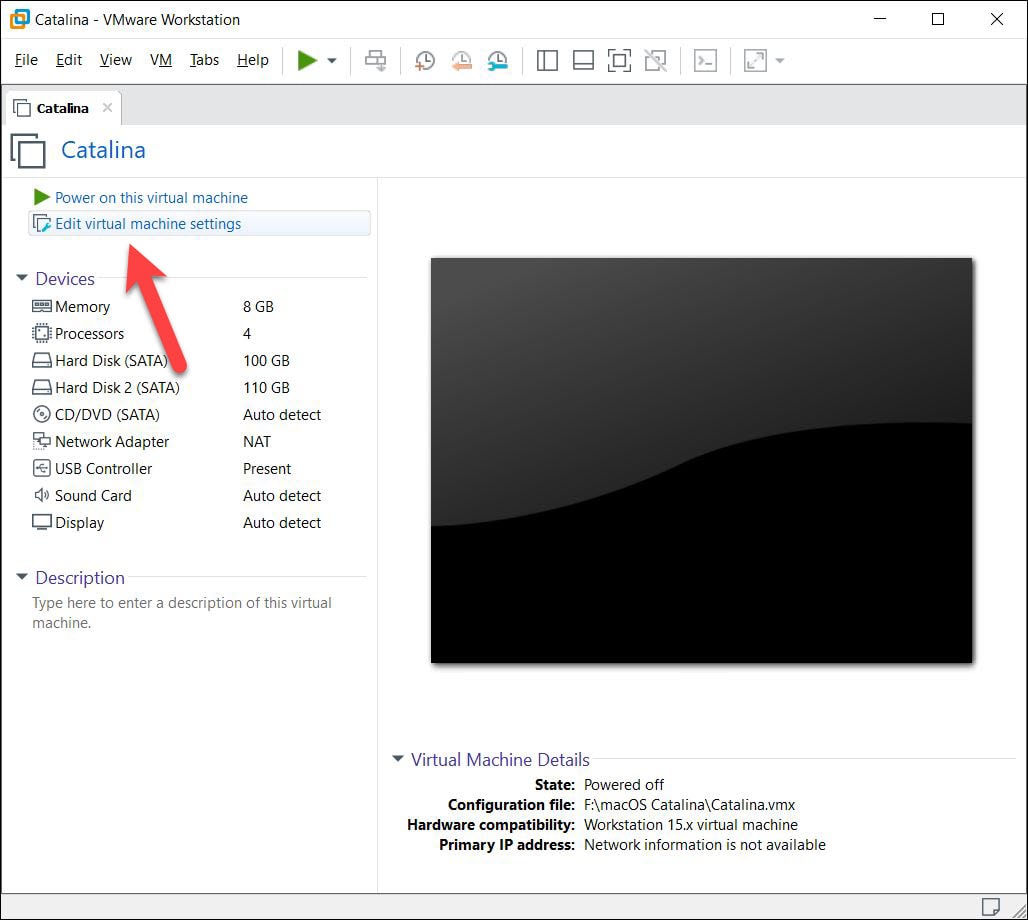


Don’t assign too much memory to a VM, and, at the same time, leave some for the host. Moreover, VM performance degrades as well in this case. This leads to the degradation of OS and application performance. If you provide a big amount of memory for a VM and don’t leave enough memory for the host OS, then the host OS uses a swap file. If you don’t provide enough memory for a VM, the guest OS (operating system) uses a swap file intensively, and overall VM performance is slow. At the same time, there must be enough RAM for a host machine. When you set the amount of RAM for a virtual machine, make sure that this amount of RAM is enough for the VM. Also, consider upgrading the hardware of your host machine if you have an old processor with a low number of cores, cache, and low frequency. To fix this, set a VM to use more CPU cores or add more virtual processors. If you don’t provide enough CPU resources for a VM, software inside the VM might run slowly with lags. Insufficient hardware resources are among the most popular reasons for slow VM performance.
#Vmware on mac unresponsive how to
Read about the most common issues that cause low virtual machine performance, and find recommendations on how to fix them and improve VM performance. This blog post explains how to improve virtual machine performance if VM performance is slow on the VMware virtualization platform. Reasons for that vary and may be the result of hardware or software issues.

Using virtual machines is convenient and efficient, but sometimes VM performance degrades. By Michael Bose A Full Overview of VMware Virtual Machine Performance Problems


 0 kommentar(er)
0 kommentar(er)
